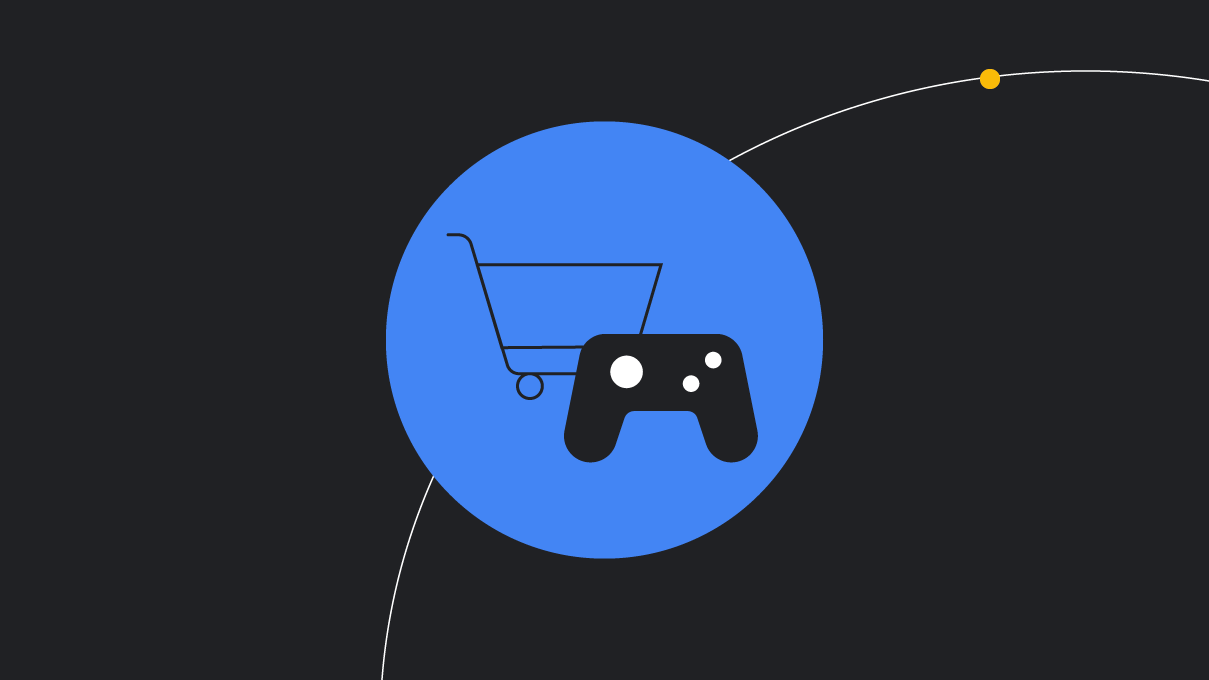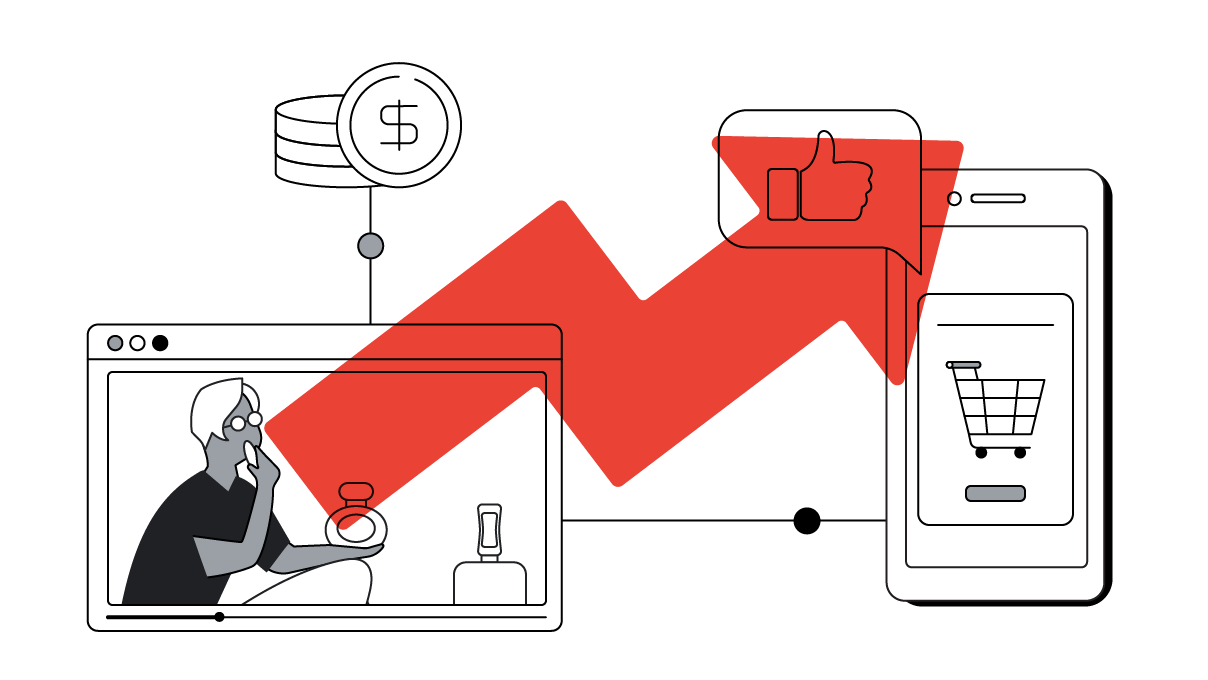There’s so much happening in the world of digital marketing that trying to keep up can feel much like a race. So what can businesses do to fast track their way to the finish line — or digital maturity?
Think with Google sat down with digital media and technology analyst Benedict Evans to get his view on the challenges of digital transformation, how businesses can prepare themselves for upcoming shifts, and what misconceptions there might be around the future of digital tech.
What does digital transformation mean to you, and what is the main challenge for businesses trying to navigate it?
Digital transformation means that businesses are moving from their own data centres, PCs and client-server software to cloud systems and everything that comes with that, which is the sort of generational change in enterprise computing that happens once every 15-20 years. Changing the architecture in this way lets them move from running dozens of applications to hundreds. And that software isn’t doing the same thing ‘but in the cloud’; it changes and expands capabilities, shifting from databases to workflows to machine learning to automation. Of course, when replacing basic workflows and hundreds of billions of dollars worth of infrastructure, businesses need time to work out how they're going to do it and why they’re going to do it.
Human needs are infinite, and once it becomes possible to automate, you can do things at a massive scale and in a completely new way.
It also requires and enables different skills. If you’ve gone from, say, selling your products to large retailers to selling them directly to consumers – that’s an entirely different business. If you’re in the railway business, cars are a problem. The same is true for the current digital disruption: companies are moving from one industry to another. And if you’re serving the underlying need of your customer in a radically new way, your current skills and organisational structure may struggle to adjust.
What is the biggest digital shift businesses should be preparing themselves for?
The internet brought about a multi-decade shift of companies moving from systems that are internal and invisible to customers, towards systems that shape how customers experience a service. Before ecommerce, you’d take your mainframe computers down for maintenance at 5 p.m and it wouldn’t be a problem. Now, your systems need to allow customers to place orders whenever they want, however they want.
This means that we’re experiencing a generational reset of how retail and brands work akin to the shift prompted by car ownership. There was the creation of car companies and then there was everything that happened because everyone had a car. That’s where we are now with the internet: there was the creation of computers, but what happens now that everyone has one?
Businesses have to think about digital as part of the brand and basic retailing — not as technology that you buy.
This general shift towards digital is happening in different industries, at different times, at different speeds, and in different ways. There was a time where we said people would buy this online but they’d never do that online. Now we understand there’s nothing that people won’t buy online — it just depends on the experience they’re offered. Companies have to think at a profound level about the nature of the experience and relationship that they offer. What does it mean to your customer and why should they care?
What’s the role of automation in this?
A century ago, people thought that once we’d automated everything there wouldn't be any jobs left. But while we automated all the tasks people were doing then, we also created new tasks. Human needs are infinite, and once it becomes possible to automate, you can do things at a massive scale and in a completely new way.
For example, automation used to mean moving from paper invoices to scanning them and putting them in a database. Now, the system knows what the invoice is, whether it’s been paid, and where there might be a problem. So you automate lower-level brain functions and leave the things that actually require a person to the people.
Finally, what’s one misconception about the future of digital marketing?
There's a type of retailer that will spend days talking about what kind of copper to put on the surface of the point of sale or what the fitting room door handles should look like, but if you ask them what shopping cart abandonment is, they have no idea what you mean. They outsource technology and online customer experiences instead of internalising them and viewing them as any other part of the customer journey. Businesses have to think about digital as part of the brand and basic retailing — not as technology that you buy.
This gives us a blank canvas for new brands, new retailers, and new aggregation models. There’s also a blank canvas for new lines of marketing, advertising, and customer experiences, because for the first time you can ask this question: “Do we put the money into our store, same-day shipping, Instagram, or a better returns policy?” Twenty years ago that wasn’t a choice, but now all of those questions around how you reach, serve, and talk to your customers have merged into one.
So what is your proposition? What are you providing to the customer? Is it that you’re selling mattresses online and have ads online instead of on TV? Because that’s not very interesting. What does it actually mean to sell mattresses online? Are you changing the mattress business? Are you changing what that proposition might be? From that point everything flows all the way across that. Everything about how your business functions changes. It’s not just having a website. It’s an entirely different kind of retailing.








